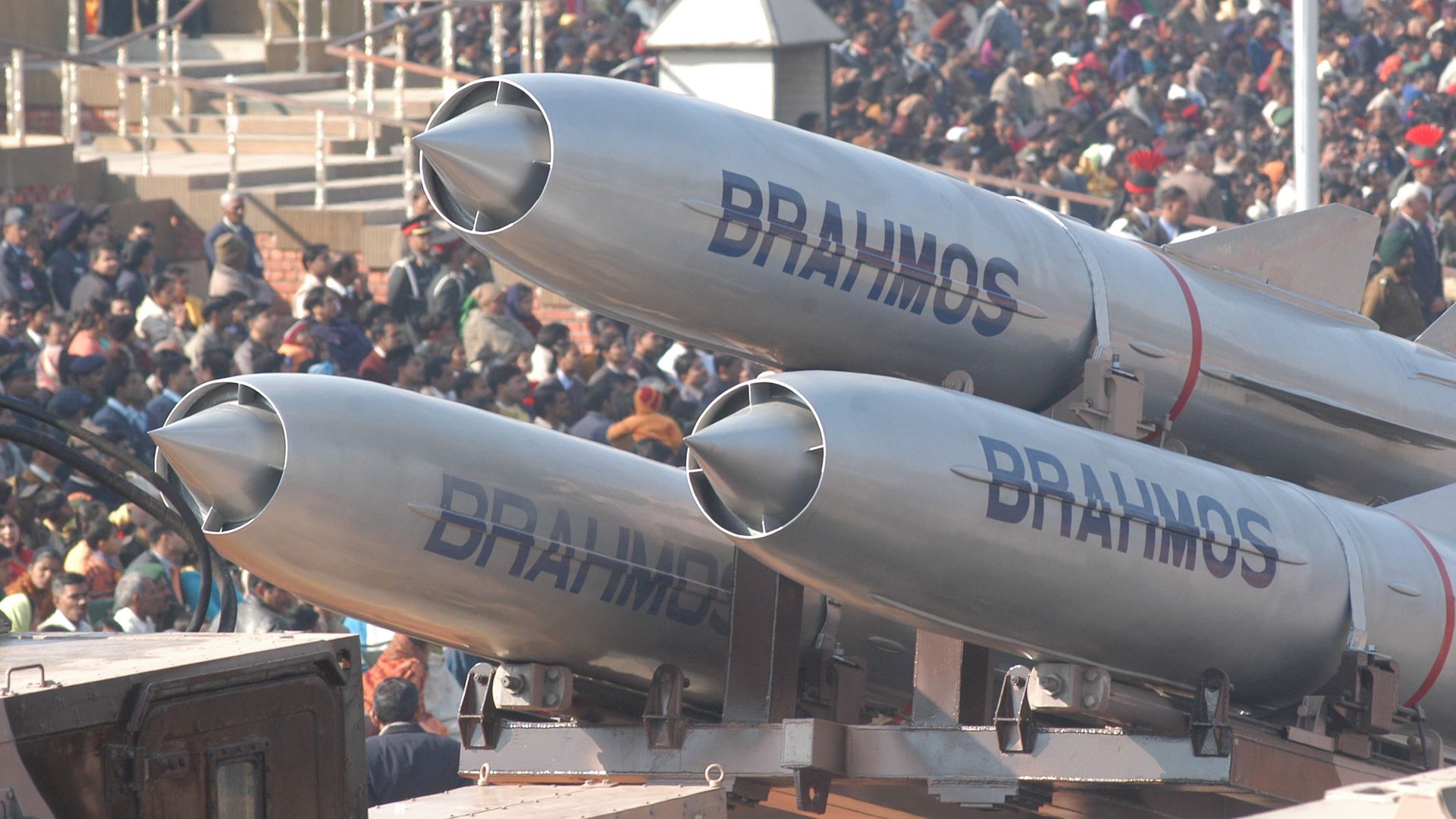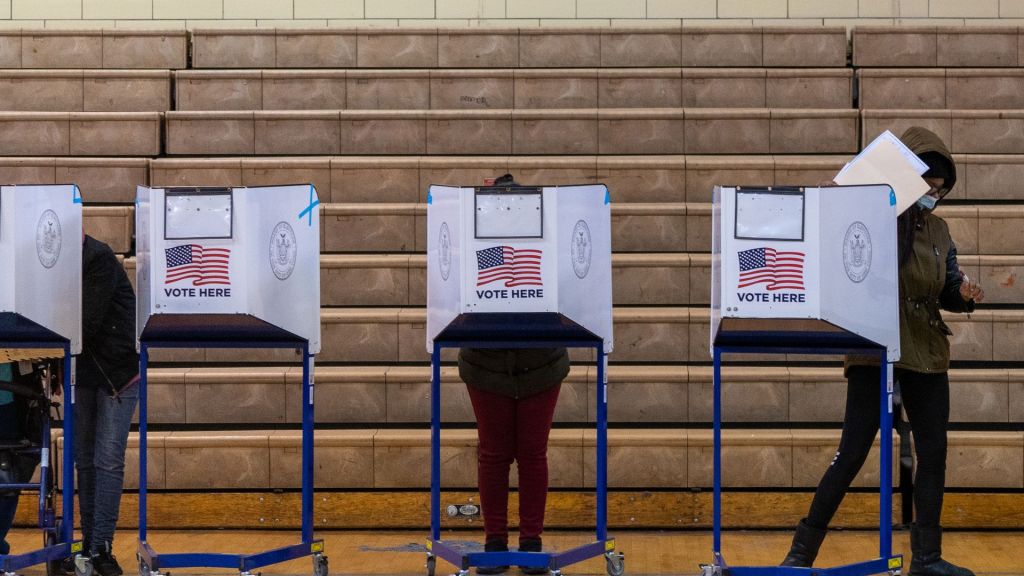
[RYAN ROBERTSON]
THE UNITED STATES AND INDIA ARE NOT MILITARY ALLIES–BUT THEY’RE PRETTY GOOD PARTNERS.
IF THE LAST TWO YEARS ARE ANY INDICATION OF WHAT’S AHEAD–THAT PARTNERSHIP WILL ONLY GET STRONGER.
NOW, WITH EVERYTHING HAPPENING IN THE MIDDLE EAST AND UKRAINE, MAYBE YOU LOST TRACK WHERE INDIA STANDS IN TERMS OF THE GLOBAL DEFENSE PICTURE. SO, LET’S SET THE STAGE A BIT.
THE U.S. AND INDIA ARE THE WORLD’S TWO OLDEST DEMOCRACIES. INDIA’S POPULATION OBVIOUSLY MAKES IT THE WORLD’S BIGGEST AS WELL. BUT THE U.S. AND INDIA DIDN’T ALWAYS SEE EYE TO EYE ON MOST THINGS. INDIA IS A PART OF BRICS, THE GROUP OF COUNTRIES TRYING TO OVERTHROW THE DOLLAR AS THE GLOBAL RESERVE CURRENCY.
TYPICALLY INDIA TRIES TO STAY OUT OF MOST GLOBAL CONFLICTS. AND EVEN THOUGH NEW DELHI HAS NUKES, MOST OF IT’S MILITARY ARMAMENTS ARE RUSSIAN. IN THE LAST 20 YEARS, INDIA SPENT MORE THAN $60 BILLION ON WEAPONRY, AND 65% OF THAT CAME FROM RUSSIAN FACTORIES.
BUT THERE ARE SEVERAL FACTORS AT PLAY LEADING TO WHAT SOME ARE CALLING MONUMENTAL CHANGES IN THE RELATIONSHIP AMONG INDIA, THE UNITED STATES, AND OUR ALLIES IN THE PACIFIC.
FIRST, THE WAR IN UKRAINE IS STRAINING RUSSIA’S ABILITY TO FULFILL ITS CURRENT WEAPONS CONTRACTS, AND CONCERNS ABOUT RUSSIA’S ABILITY TO SUPPLY PARTS FOR THE WEAPONS SYSTEMS IT ALREADY SOLD HAS INDIA LOOKING ELSEWHERE FOR ITS FUTURE DEFENSIVE NEEDS.
SECOND, INDIA ALSO SEES WHAT’S HAPPENING IN THE PACIFIC; OR MORE TO THE POINT, WHAT CHINA IS DOING IN THE PACIFIC. CHINA WANTS TO TAKE OVER TAIWAN, IT WANTS TO CONTROL INTERNATIONAL WATERS, AND CLAIM OTHER NATION’S TERRITORIAL WATERS AS ITS OWN. IT’S A LITTLE LIKE THE SITUATION PLAYING OUT IN THE HIMALAYAS ALONG INDIA’S BORDER WITH CHINA. IN 2020, CHINESE AND INDIAN TROOPS IN THE FRONTIER REGION FOUGHT BRIEFLY. MORE THAN 20 SOLDIERS DIED.
WHICH LEADS US TO THE THIRD MAJOR FACTOR PROMPTING INDIA’S PIVOT AWAY FROM RUSSIA: THE COUNTRY WANTS TO GROW ITS OWN DOMESTIC WEAPONS PRODUCTION. PRIME MINISTER MODHI WANTS INDIA EXPORTING $5 BILLION WORTH OF GOODS IN 2025.
AND IN THIS REGARD, THE UNITED STATES REALLY WANTS TO SEE INDIA SUCCEED, BECAUSE THE TWO COUNTRIES DON’T NEED A SIGNED TREATY TO BENEFIT FROM WHAT THE OTHER CAN BRING TO THE TABLE. A STRONG INDIA, WITH A WATCHFUL EYE ON CHINA, IS A GOOD THING FOR U.S. INTERESTS ABROAD, BUT IT’S GOING TO BE REALLY HELPFUL IN THE PACIFIC. THE INDIAN NAVY RECENTLY RESCUED SEVERAL SHIPS FROM SOMALI PIRATES AND PUT OUT A FIRE ON A CONTAINER SHIP HIT BY HOUTHI MISSILES IN THE RED SEA. WASHINGTON WANTS TO SEE MORE OF THAT KIND OF COMMITMENT TO THE INTERNATIONAL RULES BASED ORDER IN THE PACIFIC.
INDIA IS SET TO DELIVER THE FIRST OF THREE BATTERIES OF BRAHMOS ANTI-SHIP SUPERSONIC CRUISE MISSILES TO THE PHILIPPINES NEXT MONTH. IT’S AN INTERESTING SITUATION BECAUSE THE BRAHMOS WAS CO-DEVELOPED WITH RUSSIA, WHICH CURRENTLY RELIES ON CHINA AS ITS BIGGEST TRADE PARTNER,
AND THE PHILIPPINES IS GOING TO USE THE BRAHMOS BATTERIES TO DETER CHINESE NAVAL AGGRESSION. AND I THOUGHT AN EPISODE OF MAURY POVICH HAD A LOT OF TWISTS.
IN ADDITION TO SELLING WEAPONS TO U.S. ALLIES, INDIA ALSO HAS AN AGREEMENT IN PLACE WITH GE TO DOMESTICALLY PRODUCE JET ENGINES FOR ITS AIR FORCE. INDIA IS ALSO PARTICIPATING IN MORE MILITARY EXERCISES WITH THE UNITED STATES THAN IT EVER HAS BEFORE, AND IS A FOUNDING MEMBER OF THE QUAD, OR QUADRILATERAL SECURITY DIALOGUE, WITH THE US, JAPAN AND AUSTRALIA.
MAYBE THE BIGGEST SIGN INDIA AND THE U.S. ARE GOING TO BE PARTNERS FOR YEARS TO COME, THOUGH, IS THE CREATION OF THE INDUS-X INITIATIVE. IT’S BASICALLY A SMALL BUSINESS INCUBATOR DESIGNED TO DEVELOP THE NEXT GENERATION OF DEFENSIVE TECHNOLOGIES THAT BOTH COUNTRIES THINK THEY’LL NEED. SO, WHETHER IT’S CYBER WARFARE, STEALTH TECH, OR QUANTUM ENGINEERING ANY INSIGHTS OR KNOWLEDGE GAINED UNDER THE INDUS-X UMBRELLA WILL BE SHARED BY EACH COUNTRY’S RESPECTIVE MILITARIES. THE WORD GETS THROWN AROUND A LOT THESE DAYS, BUT THAT SORT OF AGREEMENT BETWEEN THE U.S. AND A NON- MILITARY ALLY IS UNPRECEDENTED.







